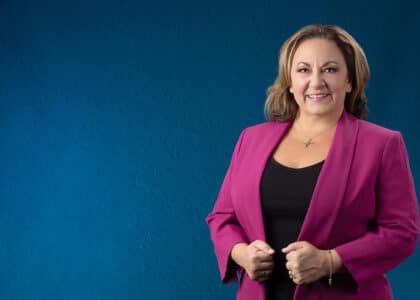The Coronavirus Aid, Relief and Economic Security Act (CARES Act) is now law and the most impactful piece of this historic legislation is the Paycheck Protection Program. This provides nearly $350 billion in forgivable loans to qualified small businesses. There remain a number of questions, and the information provided in this Alert may change once additional guidance is received. However, we have tried to answer common questions based on the current information that is available.
If the Paycheck Protection Program is of interest to you, we strongly encourage you to reach out to your bank now so that you can gather the necessary information and apply as soon as they are ready to begin accepting loan requests.
Who is Qualified for the Program?
Eligible borrowers are small businesses and 501(c)(3) not-for-profits with not more than 500 employees. This includes restaurants with not more than 500 employees per location, sole proprietors, independent contractors and other self-employed individuals.
How Much Can be Borrowed?
The maximum loan amount is 2.5 times the average total monthly payments for qualified payroll costs, but not more than $10 million.
In general, Qualified Payroll Costs include:
- Salary, wages, commissions and tips (limited to $100,000 annual amount per employee);
- Group health insurance; and
- Payments of any retirement benefits.
Employer social security and Medicare taxes are not included in the calculation.
To determine the average monthly payroll costs, the CARES Act states that you should average the payroll made for the one-year period before the date the loan is made. A seasonal employer can use the average of monthly payroll for the 12 weeks starting February 15, 2019, or the period from March 1, 2019 through June 30, 2019 at their discretion.
If your business is new, you can still apply based on more recent expenses.
How Can the Loan be Used?
A borrower must certify that the uncertainty of current economic conditions make the loan necessary to support ongoing operations and acknowledge that the funds will be used to retain workers and maintain payroll, make mortgage payments, rent payments and utility payments.
It will be important to track the use of these funds, as any loan proceeds used for other purposes will not be eligible for forgiveness.
How Can the Loan be Forgiven?
Covered Costs incurred and paid during the eight-week period, beginning with the date the loan is received, can be forgiven. Covered Costs include Qualified Payroll Costs outlined above and certain other qualified expenses including:
- Payments of interest on any covered mortgage obligation;
- Rent payments on a lease agreement in force before February 15, 2020; and
- Payments for electricity, gas, water, telephone or Internet access where service began before February 15, 2020.
Salary paid to owners of the business can be included to the extent they are Qualified Payroll Costs (capped at the prorated $100,000 limit).
You will need to provide proof of these payments to receive the forgiveness. The amount forgiven is not taxable income.
There are limits on the amount of forgiveness if:
- There is a reduction in the number of full-time equivalent employees (FTEs) you had during the prior year as compared to the loan forgiveness period.
- Individual employees are paid 75% or less of what they received in the prior periods.
There are built-in exemptions to these limits if you have laid off or furloughed employees and rehired by June 30, 2020. These rules are complicated and additional guidance will be forthcoming.
How is the Loan Treated?
The loan has very favorable terms. No personal guarantee or collateral is required; fees have been waived and payments will not commence for 6 to 12 months.
Any amount not forgiven will be carried at a 4% interest rate with a loan term of up to ten years. There are no prepayment penalties if you choose to pay sooner.
Next Steps?
These loans will be processed by the banks, not through the Small Business Administration directly. We strongly encourage you to contact your banker immediately and gather the necessary information as outlined above. While your bank may not be ready to begin processing loans, you will want to understand their requirements and complete the application as soon as possible. While this is a $350 billion program, we expect that funds may run out.
Related Read: Small Business Administration Disaster Loans
If you have questions regarding this Client Alert or we can be of assistance in helping you through the application process, please contact Frank Washelesky at [email protected] or your ORBA advisor.
Related Services
Related Industries
Health Care
Law Firms and Lawyers
Not-For-Profit
Manufacturing and Distribution
Dental
Real Estate
Restaurant



















































































































